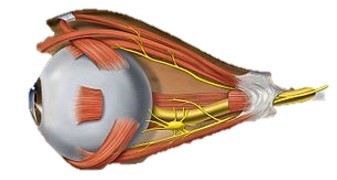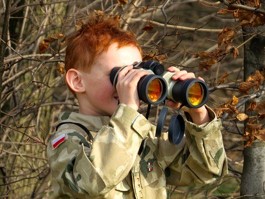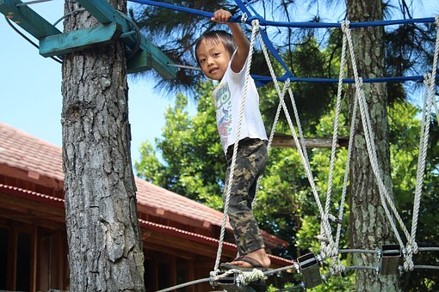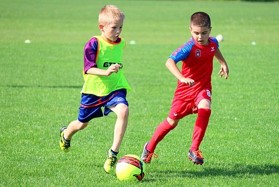The term “Visual Motor Skills” refers to the ability to mix visual information with motor output. For the most part, the term includes the ability to coordinate moves of the eyeballs with those of the arms and hands or legs and feet. Also, moves of the midsection to position the body may be involved. The ability to make sense of visual information prepares the way for a motor response. The ability to coordinate muscles that surround the eyeballs guide the way for visual motor skills to emerge.

Basic moves of the muscles that surround each eye need to work in tandem. When they do, they enable the eyes to:
- Fixate – the ability to maintain eye gaze upon an image.
- Sequence – the ability to organize objects in a particular order.
- Integrate – the ability to prepare the body to respond with a motor act.
These three features are generally found in most activities that rely upon visual motor skills.
Activities involving visual fixation occur when the eyes maintain their gaze upon a single location.
Daily living visual motor skills that involve visual fixation typically include:
- looking for a definite object
- directing the hand or foot to contact that object
- guiding the approach of one object to another
Other examples of visual fixations in daily activities might include guiding a button through a buttonhole, using a fork to spear food or reading the face of a watch.
Visual motor skills that involve sequencing of eye movements are used for many daily activities. Visual sequencing occurs when tasks that require a plan of action are carried out. Activities such as getting dressed, reading, handwriting, and texting incorporate use of visual sequencing skills. Games that involve targets also require use of visual sequencing skills. “Visual pursuits” and “visual tracking” are other terms commonly used for visual sequencing skills.
Visual motor integration skills are used when the muscles of the eyes are used for locating and timing muscle actions in response to visual input. Another term commonly used for this skill set is called eye-hand coordination. However, sometimes the eyes and feet are involved as well.
Well timed, coordinated guidance from eye muscles is needed for success in activities that involve visual motor skills.
For more information about visual motor skills please see our blogs on eye hand coordination and visual motor integration. Additional information can also be found here.








Comments are closed.